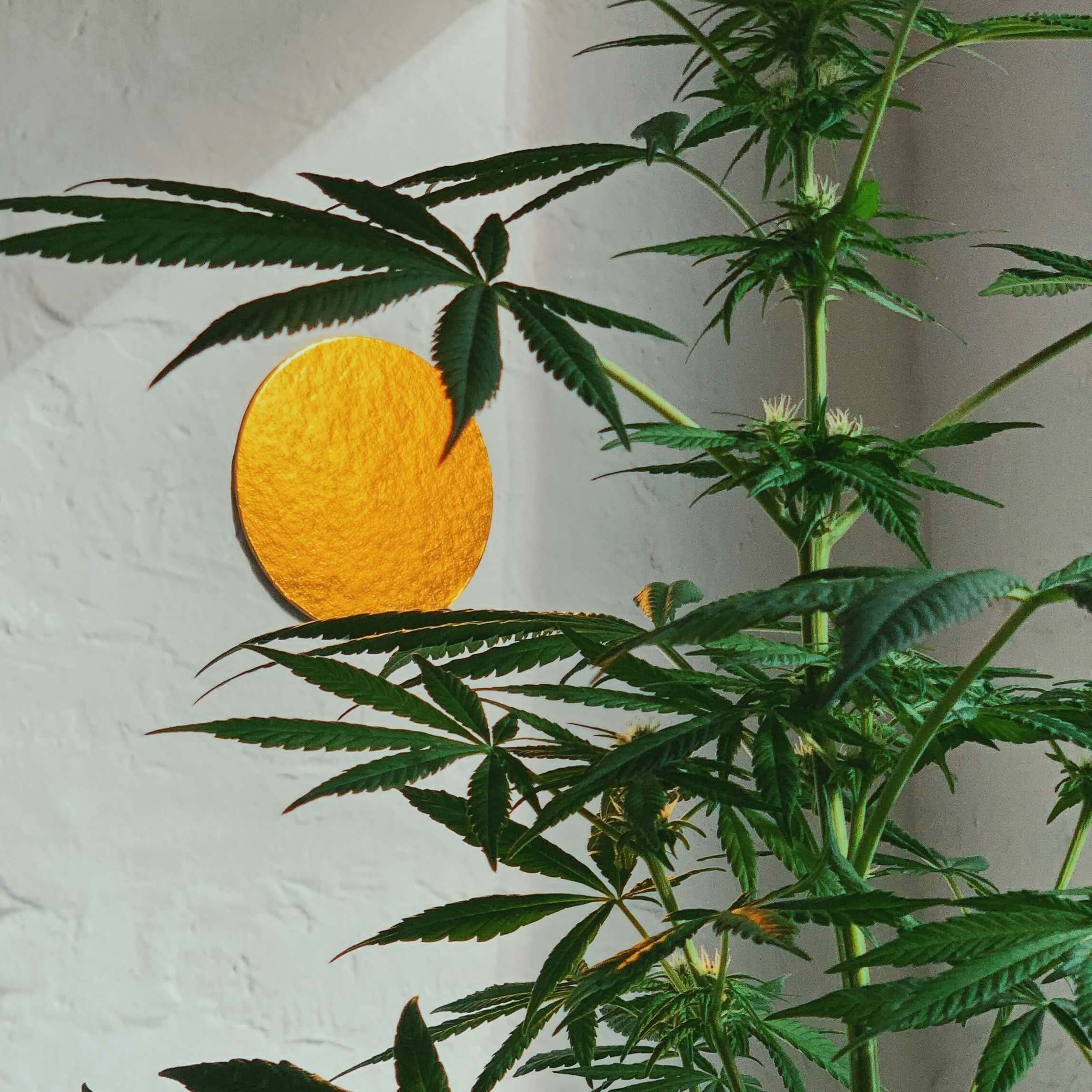
In this blog we delve into the intriguing history of 4/20, the significance of landraces, and their role in shaping the diverse world of cannabis genetics. Join us on this journey as we uncover the origins of cannabis culture and how it has evolved into the vibrant industry we know today.
The History of 4/20: From Counterculture to Celebration
April 20th, commonly known as 4/20, has become synonymous with cannabis culture around the world. But how did this date come to represent the celebration of all things cannabis?
While some believe 4/20 is named after the police call sign for a cannabis-related infraction, or after a Bob Dylan song, the actual origins of 4/20 trace back to the early 1970s in San Rafael, California, where a group of high school students known as the “Waldos” would meet at 4:20 p.m. to search for a rumored hidden cannabis crop and toke up together. While they never found the elusive stash, their daily meetings to smoke at 4:20 became a ritual, eventually spreading beyond their circle and evolving into a symbol of cannabis solidarity.
Over the years, 4/20 has grown into a global phenomenon, marked by festivals, rallies, and gatherings where enthusiasts come together to celebrate cannabis culture and advocate for its legalization. To meet increasing consumer demand, the industry has created more and more varieties of cannabis for people to enjoy, resulting in an explosion of hybridization.
Landraces: The Building Blocks of Cannabis Genetics
Before the era of modern hybridization, cannabis existed in its purest form as landraces – indigenous varieties cultivated in their native regions for centuries. These landraces developed distinct characteristics, adapted to their specific environments and cultivated by local communities for various purposes, including religious ceremonies, medicinal use, and recreational consumption.
Landraces are named after their places of origin, such as Afghan Kush, Thai Stick, Mexican Sativa, Acapulco Gold, Hindu Kush, Malawi, Hawaiian, Panama Red, UK Cheese, Durban Poison, Jamaican Lamb’s Bread, and Colombian Gold. Each landrace carries a unique genetic profile, shaped by the geography, climate, and cultivation practices of its region.
Hybridization and the Birth of New Genetics
In the 1960s and 70s, as cannabis culture spread globally, enthusiasts began to experiment with crossbreeding different landrace strains, giving rise to hybridized genetics. Old-school cannabis growers sought out landraces from around the world, collecting seeds and breeding them to create new varieties with enhanced characteristics.
Through selective breeding, growers aimed to combine the best traits of different landraces, such as potency, flavor, and resilience, to produce hybrids that could thrive in diverse environments and meet the evolving demands of consumers.
Landraces: The Foundation of Bud Diversity
Today, the cannabis market offers a vast array of strains, each with its own unique profile of cannabinoids, terpenes, and effects. Yet, at the heart of this diversity lies the genetic legacy of landraces.
While hybridization has led to countless new varieties, landraces continue to influence modern genetics, providing the foundational traits that shape the characteristics of each strain. Whether it’s the earthy aroma of an Afghani Indica or the uplifting euphoria of a Jamaican sativa, the essence of landraces lives on in the rich tapestry of bud choices available to consumers.
Celebrating Cannabis Diversity
As we reflect on the history of 4/20 and the role of landraces in shaping cannabis genetics, we celebrate the diversity and resilience of this remarkable plant. From its humble beginnings as wild cannabis to the vast array of strains cultivated today, cannabis culture continues to evolve, driven by innovation, passion, and a deep appreciation for the plant’s medicinal and recreational potential.
So, whether you’re lighting up in solidarity on 4/20 or exploring the myriad of strains available, take a moment to honor the roots of cannabis culture and the timeless legacy of landraces that continue to inspire growers and enthusiasts around the world.
Examples of Landrace-based products to check out at Cal Verde:
Gentlemen Smuggler – 1:1 Indiana Bubblegum (flower) – 3.5g [Afghani]
Perpetual – Indian Landrace (pre-ground flower) -14g [Iranian]
Theory Wellness – Golden Tiger x Bandaid Haze ix 3.0 (510 sauce cartridge) – 1.0g [Thai, Malawi]
Fox Tails – White Durbs (cured-resin 510-cartridge) – 0.5g [Durban Poison]
Papi Cannabis – Cannalope Haze (510 cartridge) – 0.5g [Mexican Sativa]
Nature’s Heritage – Lamb’s Bread (pre-roll) -1.0g [Jamaican Lamb’s Bread]
Fernway – Wedding Cake x Black Widow (pre-roll) -1.0g [Hindu Kush]
Cal Verde Naturals is nestled in the charming town of Belmont, MA, conveniently situated near major highways (Route 2, Route 95) for easy access. Located just a stone’s throw away from well-connected roads (Pleasant St/Route 60, Trapelo Rd), it offers a perfect blend of accessibility and a tranquil setting. The proximity to highways ensures a smooth journey for those seeking the natural goodness offered by Cal Verde Naturals.